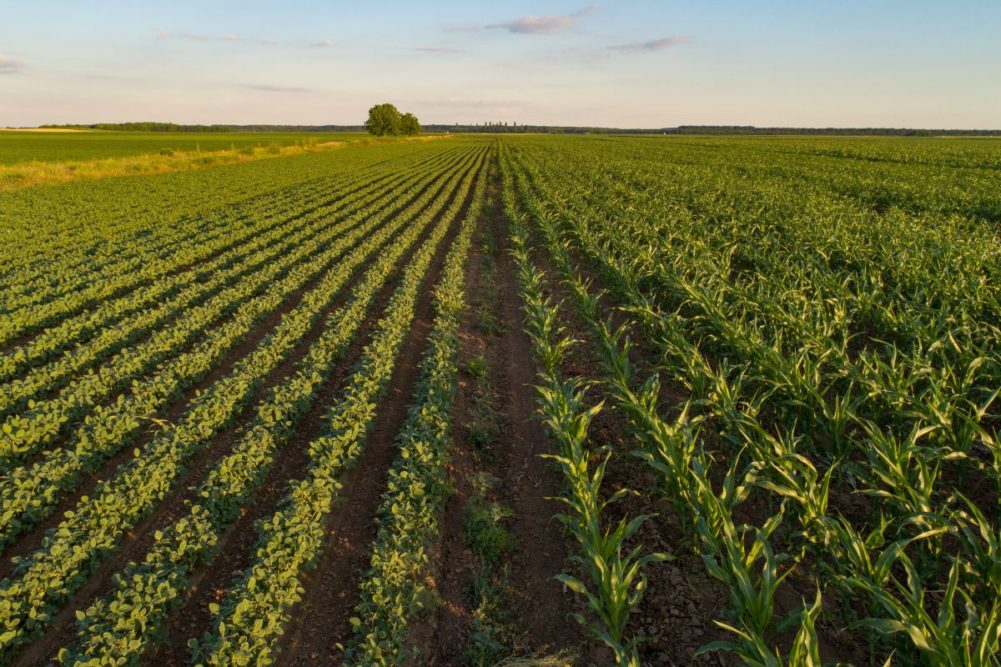LONDON, ENGLAND — The International Grains Council (IGC) during its annual meeting in London this week discussed its latest global crop forecast, projecting record soybean and rice production in marketing year 2023-24, while forecasting total grains ending stocks to drop to a nine-year low.
With large corn and sorghum outturns more than compensating for reduced wheat and barley harvests, the IGC sees global grains production expanding by 40 million tonnes year-on-year to 2.294 billion tonnes. However, consumption is expected to expand by 2% year-on-year, from 2.254 billion tonnes to 2.302 billion, on increased uptake across food, feed and industrial sectors, causing ending stocks to further tighten.
The IGC forecasts a slowdown in grain trading in 2023-24 at 408 million tonnes, down from 411 million the previous year, due mainly to expected smaller wheat flows. Wheat output is seen declining by 20 million tonnes, to 783 million, while trade is projected to fall by 6 million tonnes, to 194 million.
Global soybean production is forecast to rise by 9% year-on-year, to a record 403 million tonnes, in 2023-24, the IGC said. Boosted by demand for soy products, consumption was seen advancing to a fresh high as well, while inventory accumulation was anticipated, including gains in key exporters. While growth was expected to moderate, world import demand was predicted at a peak of 173 million tonnes.
Regarding other oilseeds, the IGC said another above-average global rapeseed/canola crop was anticipated, with sunflowerseed output potentially recovering.
Against the backdrop of anticipated acreage gains and improved yields in Asia, world rice production was projected to increase by 2% year-on-year, to a record of 521 million tonnes in 2023-24, with modest increases in uptake and stocks predicted, the IGC said. Trade was predicted to edge up in 2024 on demand from African importers.
The IGC also updated members on other developments during the conference. With a goal of providing more up-to-date and detailed data on bulk seaborne trade in wheat, the WTO and the IGC have developed a new dashboard (https://globaltradedata.wto.org/), launched on May 31. It will be updated every two weeks and offers an interactive monitoring tool comprised of close to 3,000 datasets, covering delivered, in transit and loading volumes, as well as logistics-related information.
Despite its limitations, seaborne shipping data offers unprecedented opportunities for the analysis of trade and logistics, as countries respond to changing market environments, the IGC noted, adding that the project envisages a further expansion to include other key commodities.
The IGC Secretariat also appraised members of the extension of its price data series for pulses and oats, as well as its cooperation with MED-Amin in developing an early warning system, in part related to the durum market.
Other IGC projects for the upcoming year include:
- Updating and developing models of global supply and demand for ethanol and biodiesel, respectively.
- The further expansion of its collection, coverage and monitoring of real-time shipping data, to include other grains, soybeans and rice.
- Additional analysis of trade in grains, rice and oilseeds, focusing on the identification of vulnerabilities and bottlenecks in global food supply chains, while also enhancing dialogue between producers and importers.






